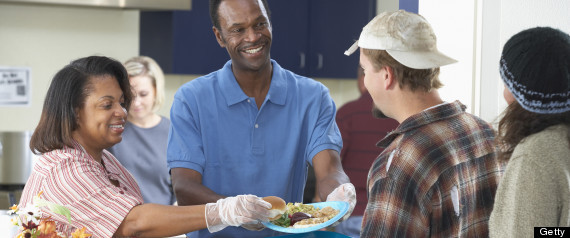The Uber Version of Therapy
Rich Hua stashed this in Health
Stashed in: Young Americans, Uber, Depression
Uber has become shorthand for "press a button, get something".
Still, this has promise:
A growing group of technologies is pitching coaching, counseling and monitoring services at teens and young adults fighting eating disorders, depression, anxiety and other mental health issues. Many focus on crisis intervention, including DoSomething.org’s Crisis Text Line, for teens who want free, anytime-access to trained specialists, as well as Mood 24/7, which lets people send a daily text message about how they feel to a doctor, therapist or loved one. Lantern, the subscription-based Web and mobile service that Joachim has been testing for free and is set to release its eating disorder program in February for $33 to $75 a month, has spent months testing on college campuses, where psychological problems have shot up some 28 percentage points between 2000 and 2010. The CodeBlue app, meanwhile, is due for release this spring and is designed to help teens alert members of a designated support network with a text message whenever they feel acutely depressed. It’s like Uber for those in need of mental health help — right now.
Depression is the top cause of illness and disability for 10- to 19-year-old boys and girls.
The programs promise to open new avenues for those like Joachim, who want or need more mental health care but for whatever reason — high service costs, logistical hassles or struggles with stigma — would not otherwise get it. Among high school and college students, psychopathology is now five times more prevalent than it was in 1938, research shows, and depression is the top cause of illness and disability for 10- to 19-year-old boys and girls, the World Health Organization reports. While these tech-based interventions won’t immediately solve the growing prevalence of issues that young people are dealing with these days, they have the potential to help “build better programs that are more individualized and tailored,” says Megan Jones, an assistant professor at the Stanford School of Medicine and Lantern’s vice president of research and programs.
But concerns about people’s data mean the programs face an uphill battle toward widespread adoption. “There are a lot of therapists out there that are worried about security and privacy of their clients,” says San Francisco psychotherapist Gayle Paul. There’s also the danger that a smartphone or tablet could obscure something that a specialist might only spot in person — a telling tone or gesture, for example, that could cue a pending mental crisis. And when used alone, some experts warn, certain apps could be inadequate because some people also need the in-person dynamic with a therapist. Even Joachim, who admits that she sometimes feels ashamed and embarrassed when talking to hers, says it has been crucial to her recovery.
The idea is not to replace traditional therapy with tech, but rather, to extend therapy’s impact.











8:26 AM Jan 10 2015